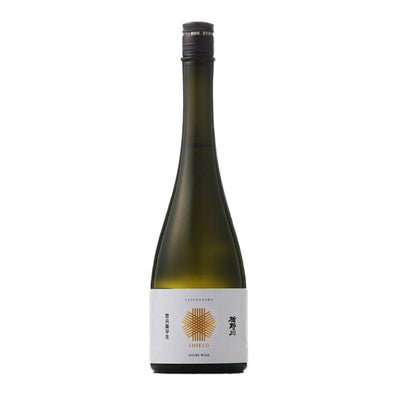Exploring the Science Behind Cheese and Alcohol Pairings: Sake vs. Wine
The compatibility and palatability of paired liquors and foods have long been appreciated on an experiential basis, yet the scientific reasons behind these variations remain largely unexplored. Among these pairings, cheese, known for its high levels of umami constituents, is a popular choice that pairs well with a variety of alcoholic beverages. In this article, we delve into the sensory differences of umami aftertastes when cheese is paired with sake and wine, uncovering some of the scientific principles behind these pairings.

The Experiment
To understand the nuances of these pairings, the intensity of umami taste was evaluated after consuming cheese followed by either sake or wine. The assessment was carried out using a taste sensor, providing quantitative figures that represent the umami aftertaste intensity.
Findings
The results revealed a notable difference in the umami aftertaste intensity between the two pairings. Cheese paired with sake produced a higher umami aftertaste compared to when it was paired with wine. This finding aligns with common sensory experiences: wine tends to refresh the palate, preventing the sensation of palate fatigue often associated with rich foods like cheese, whereas sake enhances the umami flavors, making the cheese taste even more savory.

The Science Behind the Difference
The underlying reason for this difference lies in the levels of organic acids present in sake and wine. Wines typically contain higher levels of organic acids, which have been found to reduce the umami aftertaste created by the amino acids and peptides in cheese. On the other hand, sake, with its lower organic acid content, allows the umami flavors to linger and intensify.
Expert Recommendation: Junmai Sake with Cheese
For those looking to explore this pairing, we recommend Junmai sake, specifically Kinokuniya Bunzaemon Namachozou. This versatile sake is known for its umami-rich flavor profile, derived from the rice used in its production. It pairs exceptionally well with a variety of dishes, especially meat dishes, cheese, and Western-style cuisine. Its acidity and richness complement and enhance the umami taste of the cheese, creating a harmonious and delightful sensory experience.

Conclusion
This research sheds light on the scientific principles that contribute to the distinct sensory experiences when pairing cheese with sake versus wine. The high levels of organic acids in wine diminish the umami aftertaste, offering a palate-refreshing effect, while the lower acid content in sake amplifies the savory umami flavors of the cheese. These findings not only enhance our understanding of food and drink pairings but also provide a scientific basis for the art of pairing sake and wine with cheese.
This study was conducted in collaboration with the Japan Sake and Shochu Makers Association, marking a significant step towards scientifically elucidating the factors that influence the palatability of food and liquor pairings.
















Leave a comment